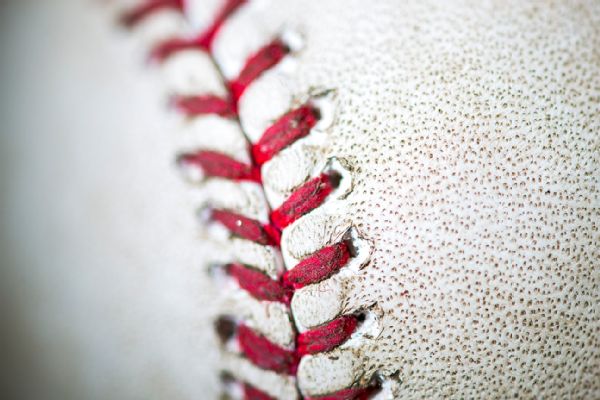Sources: MLB offer doesn’t budge on draft money

With the deadline to agree on an international draft only 10 days away, Major League Baseball and the MLB Players’ Association remain far apart when it comes to the amount of money that would be guaranteed to amateur players.
The league submitted a counterproposal to the union on Friday that allocated $181 million in guaranteed spending for the top 600 international players in an inaugural 2024 draft, the same amount that was proposed in March and roughly an $80 million difference from what the MLBPA submitted last week, sources told ESPN.
The league also remains adamant that a 20-round international draft must include hard slots — meaning teams must pay the designated amount for each pick — so as to eliminate the early deals that have run rampant throughout the international market over the past half decade. The union, which wants to allocate at least $260 million to the top 600 international players, refutes the premise and wants to give teams the flexibility to go above slot values that would be set as a minimum, allowing teams to exceed their designated slots by up to 20% before incurring the loss of a draft pick.
The league also remained firm on a $20,000 maximum for undrafted free agents. The union is asking for $40,000.
The two sides face a July 25 deadline to agree on some form of an international draft, which MLB has sought for the better part of the past two decades. In exchange, MLB has offered to get rid of the qualifying-offer system, which constrains the market for a handful of mid- to upper-tier free agents every offseason. If the two sides can’t agree, the international market and the qualifying-offer system will remain status quo.
The union believes international players should be guaranteed significantly more money so as to align more closely with the domestic draft, which will see teams spend nearly $300 million on amateur players from the United States, Canada and Puerto Rico this year. The league contests that its current proposal guarantees international amateur players $23 million more than what teams spent on them during the 2020-21 signing period, while adding that players who come through the domestic draft should be paid more because they’re signed at older ages and thus have a higher probability of matriculating into the major leagues.
Both sides can negotiate an extension of their July 25 deadline, but that is unlikely, given the need for teams to know ahead of the Aug. 2 trade deadline whether the qualifying-offer system will remain in place.
Under the current qualifying-offer system, teams can offer a pending free agent a one-year contract worth the mean salary of MLB’s 125 highest-paid players at the onset of free agency. If that player declines and signs elsewhere, the original team receives a compensatory draft pick from the signing team.
MLB’s counterproposal made moves in the union’s direction with regard to drug testing and the release of medical information for draft-eligible players, which the union noted was more stringent than for those in the Rule 4 draft and thus discriminatory in nature. MLB initially proposed a one-year suspension for those who either test positive for performance-enhancing drugs or refuse to be tested ahead of the international draft but have since removed the penalties. It also borrowed from the Rule 4 draft in proposing that international players who subject to a pre-draft physical will be guaranteed their full slot value (under the Rule 4 draft, those players are guaranteed 75% of their slot).
MLB also believes it has been aggressive with regard to committing resources in foreign countries, both by beefing up educational programs and by proposing a series of tryouts, leagues, showcases and combines that would allow amateur players to be seen by scouts. But a high-ranking union source, speaking in generalities, believes it still falls short with regard to weeding out corruption and providing baseball exposure in underrepresented countries.
While details of the two proposals are not known, it is clear that money is the central issue, as it was over the course of a 99-day owner-imposed lockout that nearly torpedoed the 2022 season.